
The American Retail Value Proposition
Crafting Unique Experiences at Compelling Prices
Recommendation
“The consumer isn’t a moron; she is your wife,” David Ogilvy famously opined in his book Confessions of an Advertising Man. Although he was admonishing advertisers not to insult consumers’ intelligence while marketing to them, the same advice applies to the retail experience. As University of Alberta business professor Kyle B. Murray explains, retailers must offer a “retail value proposition” focused on three elements: “shopping environment, product selection and customer engagement strategy.” Murray packs in tons of information and insights into the factors that lead to retail success in today’s environment – even as e-commerce further complicates it. He warns that retailers must find, train and retain engaged employees. His overview will interest consumers intrigued by a behind-the-scenes look at what drives retail marketing tactics. And getAbstract finds that his informative retail strategies will appeal to marketing managers, retail executives, store buyers and suppliers, market researchers and investors interested in retail stocks.
Summary
About the Author
Kyle B. Murray, a marketing professor at the University of Alberta’s Alberta School of Business and director of its School of Retailing. He “fell in love with retailing” when working in his father’s drugstore in Northern Alberta.


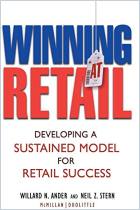
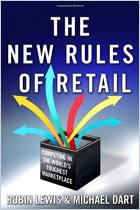

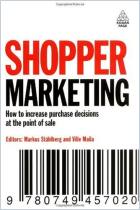
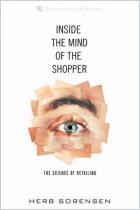
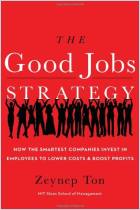








Comment on this summary